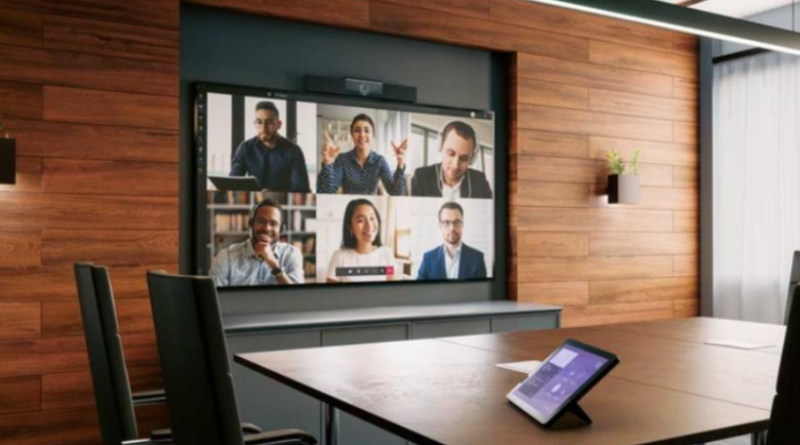The Role of Spacial Audio in Virtual Tourism and Remote Experiences
Virtual tourism has transformed the way people explore the world, offering immersive experiences that bring distant locations to life. While high-definition visuals and interactive elements play a major role, sound is just as crucial in making these experiences feel real. Spacial audio solutions have become a key part of this transformation, allowing users to hear environments as if they were truly there. By enhancing depth, direction, and realism, advanced sound technology bridges the gap between digital and physical spaces.
One of the biggest challenges in virtual tourism is recreating the sensory experience of being in a real location. While traditional audio can provide background sound, it often lacks the depth and positioning needed to create a convincing atmosphere. With spacial audio solutions, sounds can be layered and positioned naturally, making it possible to hear the rustling of leaves behind you, the distant hum of city traffic, or the waves crashing to your side. This level of realism enhances virtual tours of historical sites, nature reserves, and cultural landmarks, making them more engaging and lifelike.
Beyond tourism, remote experiences in entertainment, education, and business are also benefiting from advancements in immersive sound. Museums and galleries, for example, are using directional audio to guide virtual visitors through exhibits, creating a sense of movement and space. In remote learning environments, sound placement is being used to simulate real-world conditions, whether in language learning, historical recreations, or scientific explorations. By improving the way people perceive sound in digital environments, these technologies make remote experiences feel more natural and interactive.
For travel companies and tourism boards, integrating high-quality sound into virtual tours provides a new way to attract visitors. A well-designed audio environment can evoke emotions, build excitement, and encourage future in-person visits. When potential travellers experience a destination through a virtual tour, the realistic sound of street performers, local wildlife, or bustling marketplaces can create a strong emotional connection. As a result, these experiences not only entertain but also serve as a powerful marketing tool, inspiring users to book real trips.
Another area where immersive sound is making a difference is in virtual reality travel experiences. With modern headsets offering 360-degree views, the addition of spacial audio solutions ensures that sound is aligned with movement, reinforcing the illusion of presence. Whether standing inside an ancient temple or walking through a rainforest, users can experience sound coming from its actual source, just as they would in the real world. This heightened realism makes remote exploration more engaging, particularly for those who may not have the opportunity to travel in person.
The use of advanced sound technology also improves accessibility in virtual tourism. For individuals with visual impairments, well-designed audio environments can provide crucial spatial awareness, allowing them to navigate digital spaces using sound cues. By incorporating carefully positioned sounds, developers can create experiences that are more inclusive, ensuring that virtual travel is accessible to a wider audience.
As remote experiences continue to evolve, the demand for more realistic and engaging audio environments will only grow. The integration of spacial audio solutions in tourism, education, and entertainment is not just about enhancing realism—it’s about creating deeper emotional connections with digital spaces. By using advanced sound design, developers and businesses can offer users more immersive, interactive, and memorable experiences, reshaping how people engage with the world from a distance.
The future of virtual tourism is not just about what people see—it’s about what they hear and how they feel. With sound playing an increasingly important role in digital exploration, immersive audio is set to redefine remote experiences, bringing the world closer to those who wish to explore it from anywhere.

